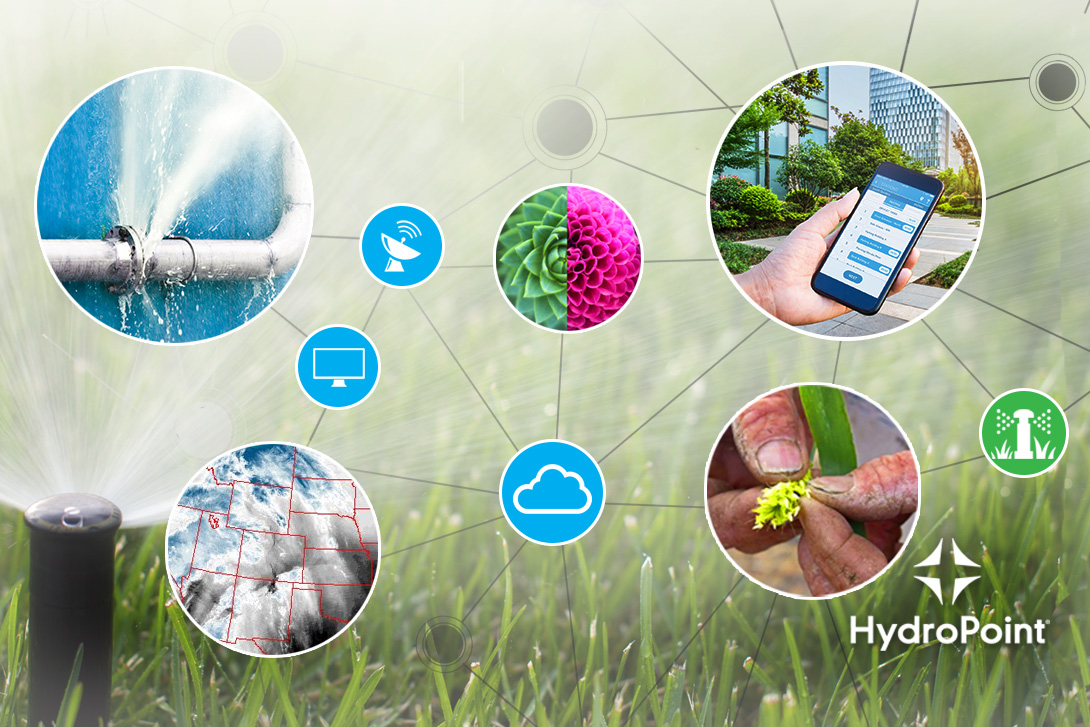
A large number of commercial campuses and parks nationwide rely on traditional timer-based controllers to water their expansive landscapes. Rain or shine, they reliably turn sprinklers on and off to water at the scheduled times. Because it’s really time consuming to manually shut off controllers when it rains, a tremendous amount of water gets wasted. In fact, the EPA estimates that up to 4.5 billion gallons of water are wasted every day because of traditional irrigation methods and systems.
Smart irrigation systems avoid a lot of this waste by automatically adjusting watering schedules based on changes in weather. Each smart controller, fitted with a microprocessor, receives accurate weather data for its unique location and then calculates watering schedules and run times automatically. This results in 25-50% water savings, depending on how much water was wasted before the smart controller was installed.
During a three-day rainstorm, one west coast school campus reported that their smart irrigation system automatically paused irrigation when the storm began. The smart controller then calculated that it wouldn’t need to resume watering for another eight days.
Traditional sprinkler systems use a timer to irrigate at specific intervals. Without taking weather into account, too much water is lost to evaporation when it’s hot, and to runoff when it’s cold. Smart irrigation controllers also go beyond weather to consider site-specific variables, such as soil type, plant type and the slope of the site to adjust watering run times or schedules.
A closer look at the “smarts” in smart irrigation technology
What exactly makes an irrigation system “smart” is more complicated than it appears. The process starts with a sophisticated climate modeling center that simulates local weather patterns down to the square kilometer across the US. Weather data, specifically temperature, wind, solar radiation and humidity, are combined to calculate millions of unique local evapotranspiration (ET) values. These values are then broadcasted to hundreds of thousands of controllers each and every day. Every controller receives the appropriate ET value for its specific location. The controller then takes those values and applies other factors such as specific plant types, soil types and slope to determine customized watering schedules. That’s how the landscape receives just the right amount of water when it needs it.
The west coast school campus cut its water use by 39 percent, recouping its smart irrigation investment in eight months. And its football field looked better than ever.
There are two classes of “smart” irrigation controllers. One uses weather data, the other uses soil moisture data. Click here to learn more about both types of smart controllers.

